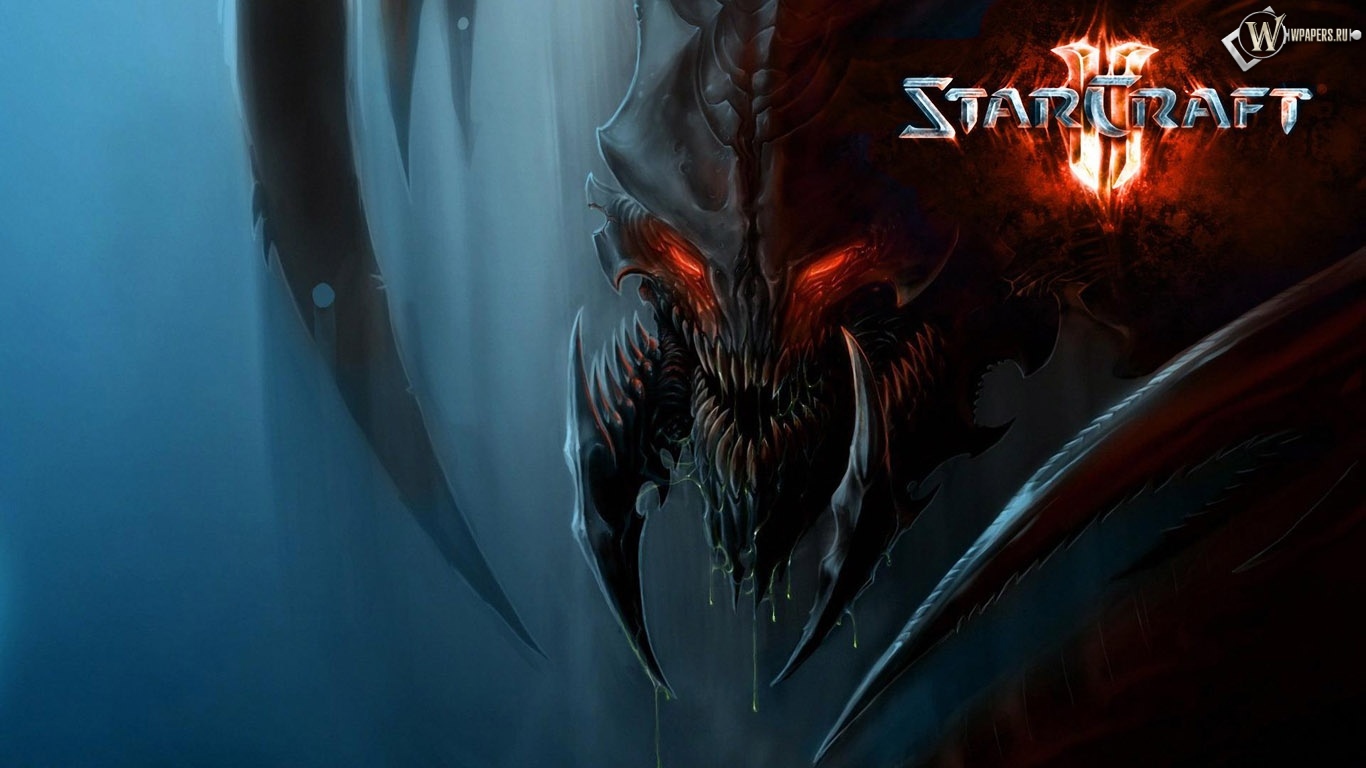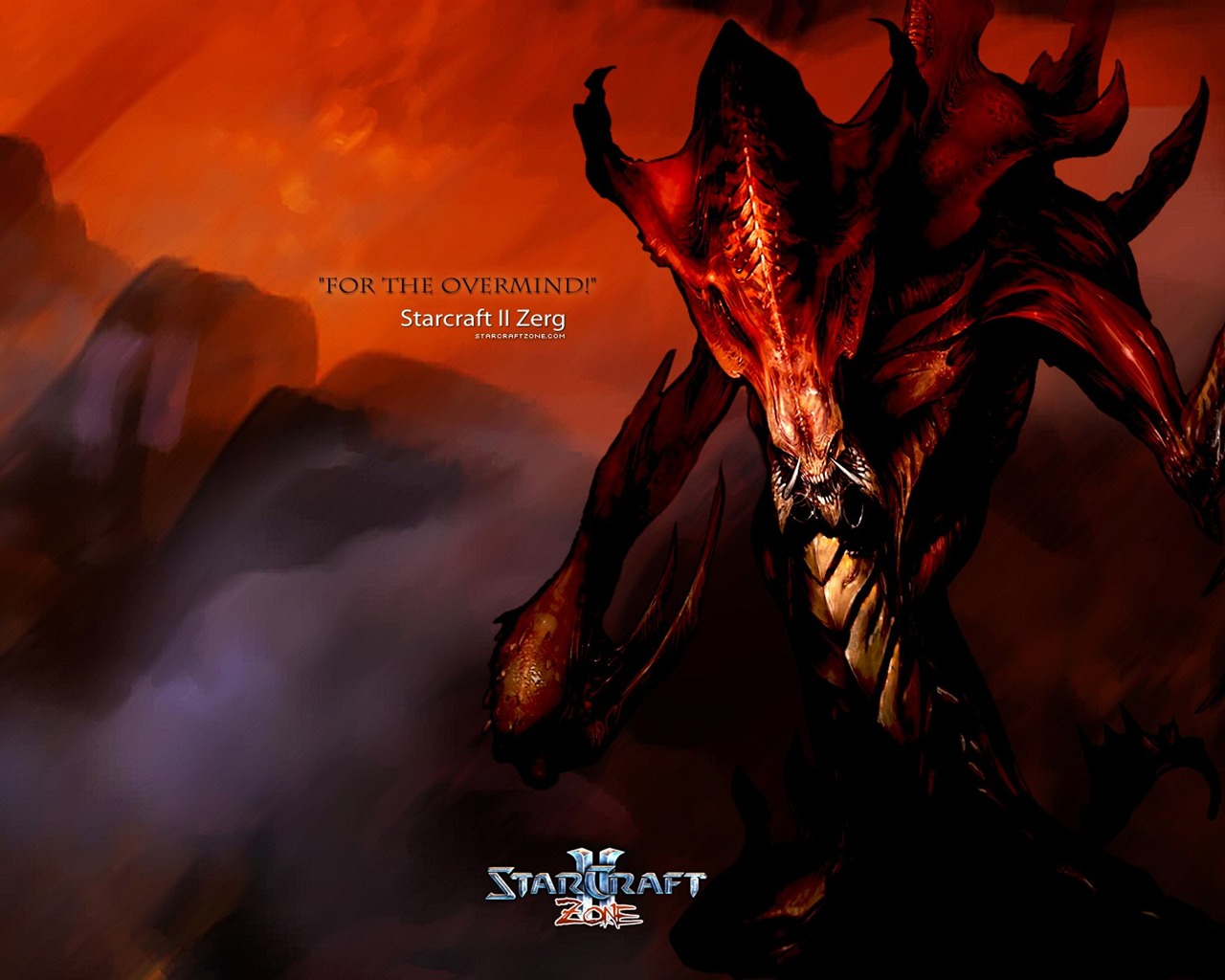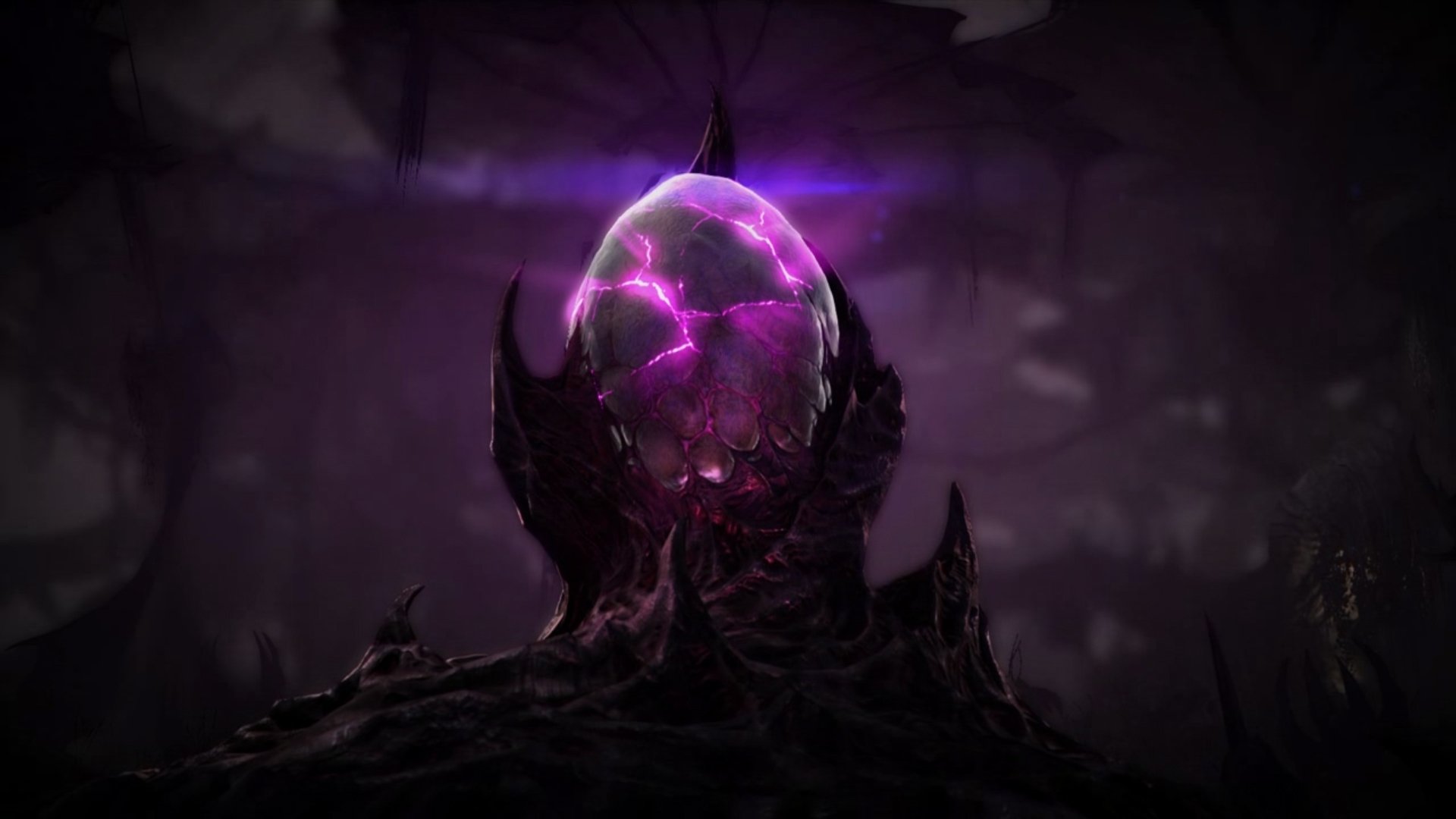

Hard tasks – like having enough game sense to accurately scout and predict your opponent’s unit composition – are cognitively complex and deliver their benefits discretely rather than incrementally. But they’re cognitively straightforward and deliver incremental benefits as the player improves. Easy tasks – like going back to your base, clicking on each building one by one, and queuing up a new unit – may be mechanically challenging at a high level. One is that hard tasks feel harder than easy tasks.

In practice, this design approach has a number of unintended consequences, and they’re related to the thought process players employ when playing real time strategy games – playing as fast they comfortably can and executing on tasks in priority order. Players frequently cite the mechanical difficulty and emphasis on rote tasks as one of StarCraft’s downsides this shift in focus toward more complex and strategic tasks should theoretically solve that problem and deliver a more satisfying gameplay experience. The result is that many rote, mechanical tasks have been replaced by complex, strategic ones. This emphasis on complex tasks is also partly intentional, such as the deliberate shift in micromanagement focus toward abilities. StarCraft II places more emphasis on it because players have more time to think about and perfect it, resulting in a near endless number of sharp timing attacks. For instance, consistent execution of efficient build orders has always been a consideration in real time strategy games. This is partly a natural result of reducing the time and attention required to complete basic tasks. The design instead emphasizes more complex and technical execution. Basic tasks like moving and attacking that previously required lots of hand-holding are now automatically handled by the game engine. On the micromanagement side, unlimited unit selection, smarter AI, and strong pathing reduce much of the hassle in getting units to do the right thing. On the macromanagement side, multiple building select, rally points, and tabbing through production buildings reduces much of the work that used to be required to build and maintain a large army. StarCraft II differs from older RTS titles in its streamlining of many basic tasks common to most real time strategy games. Let’s think about how this thought process interacts with some of the core design decisions in StarCraft II. Putting these two things together, players tend to execute tasks quickly and they tend to order these tasks based on what they think is most important. A well-designed title will reinforce this by ensuring the most common, important tasks have strong inherent rewards as well – think of the smooth animation and satisfying plop of dropping a mule on a mineral line. Players are incentivized to do important work before unimportant work because it increases their chances of winning. There’s always more to do than can reasonably be accomplished at once, even for the fastest professionals. In addition to executing tasks quickly, players also prioritize the set of work in front of them. Players are therefore incentivized to play games as fast as they can, with their physical speed and personal comfort threshold acting as the ceiling. Furthermore, completing tasks increases the player’s odds of winning – whether by controlling their army better, producing more units, or building more production facilities. Completing tasks is valuable in and of itself because it exercises the core mechanics of the game, something that RTS players inherently enjoy – similar to how players who play shooters enjoy the mechanics of shooting.

There’s always things that need to be done in a real time strategy game. Playing faster is better than playing slower. Play the game as fast as they comfortably can.Let’s start by discussing the thought process most people employ when playing real time strategy games. How Players Experience Real Time Strategy Games This is a spiritual follow-up to an earlier post on mechanics if you missed it, I recommend checking it out first prior to reading this one. I’ll be focusing on the design of the game’s mechanics and why they lead the game to feel hard. Today I’ll be talking about why StarCraft II feels difficult to play.


 0 kommentar(er)
0 kommentar(er)
